Early retirement of 11 of the 24 coal units in which PacifiCorp has an ownership interest could save money, according to a valuation study that compared the costs per megawatt-hour (MWh) of new solar to the going-forward costs of each coal unit (i.e., the fuel and other operating costs, and the future capital needs at each unit). Those coal units, primarily in Utah and Wyoming, have a combined capacity of 2.73 gigawatts.
The study, commissioned by the Sierra Club, found that 11 of PacifiCorp’s coal units have a going-forward cost per MWh higher than the modeled solar cost of $38.55 per MWh, as shown at the right side of Figure 6.
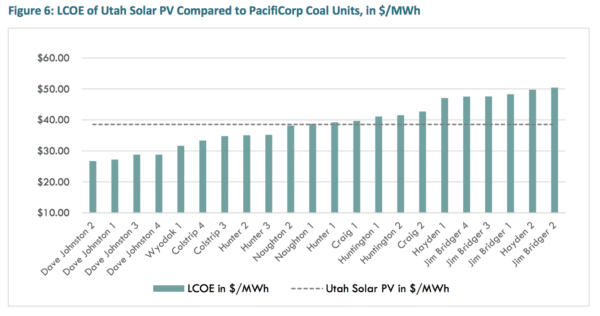
“The solar resource cost used in this analysis,” notes the study, “is considered a conservative cost estimate relative to what is currently available in the market.”
Yet the graph permits anyone to draw a horizontal line at whatever solar cost seems most appropriate, and count the number of coal units whose early retirement could save money.
For example, the study notes that Xcel’s subsidiary in neighboring Colorado recently reported solar PV costs in a range of $23 – $27 per MWh. Xcel has also reported a solar-plus-storage cost of $36 per MWh.
The study considered the savings possible from replacing each coal unit’s projected generation over the period from 2023 to the coal unit’s planned retirement date. Intended as an indicative analysis, it did not consider the timing of electricity generation by solar power plants, compared to the timing of customer demand, nor balancing options such as integration of solar power with wind power or storage, or the use of variable pricing. (For more detail, see the technical note below.)
The analysis also calculated the savings possible from replacing PacifiCorp’s coal unit generation with market purchases, or with wind power.
“This report clarifies what so many of us already know,” said Sierra Club spokesperson Cesia Kearns. “The rise of clean energy is making PacifiCorp’s coal plants increasingly uneconomic.”
The study briefly discusses possible costs not included in the analysis, such as “transmission-related expenses, operational impacts, coal contract costs or damages, and the cost of replacement capacity if required.”
Noting these factors, PacifiCorp spokesperson Bob Gravely said, “Those are all critical elements of resource planning for any utility. Generally, these types of studies are of limited use to inform our real-world resource planning because they do not adequately consider system reliability and the actual cost of providing electric service to customers.”
The study, conducted by Energy Strategies LLC in Utah, states that “to the extent that this study demonstrates that costs savings are achieved, it is not beyond reason to assume these savings could be used to mitigate capacity replacement costs, if necessary.” The study adds that the findings “are indicative of relative economic merit and are meant to engage a meaningful discussion on the future of PacifiCorp’s coal fleet.”
PacifiCorp primarily serves customers in Utah and Wyoming, and has additional customers in Idaho and the Pacific Northwest.
Technical note: To estimate the going-forward costs of coal generation, the analysis used PacifiCorp projections for the fuel costs and other operating and maintenance costs for each of its coal units, for each year from 2023 until the unit’s projected retirement date. For the cost of annual capital additions for existing coal plants over 30 years old, the study used an estimate developed by the Energy Information Administration.
To generate conservative results for the all-in costs of solar, the study used PacifiCorp’s projected costs of solar for 2021, from the utility’s 2017 integrated resource plan (IRP) update. Because the analysis modeled solar installations coming online in 2023, it escalated the projected 2021 cost for inflation, yielding a levelized cost of solar electricity in 2023 of $38.55 per MWh.
The study used a discount rate of 6.91 percent to discount future costs to a present value, equal to PacifiCorp’s 6.91 percent weighted average cost of capital from its 2017 IRP update.
This content is protected by copyright and may not be reused. If you want to cooperate with us and would like to reuse some of our content, please contact: editors@pv-magazine.com.
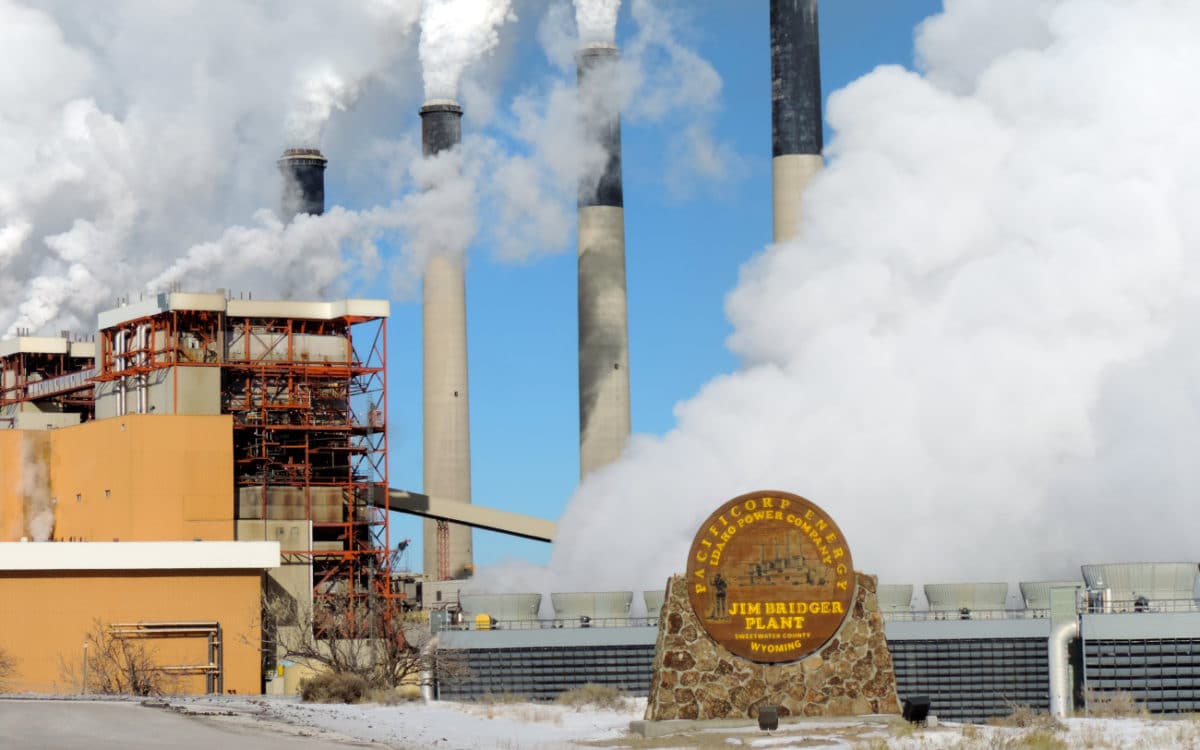
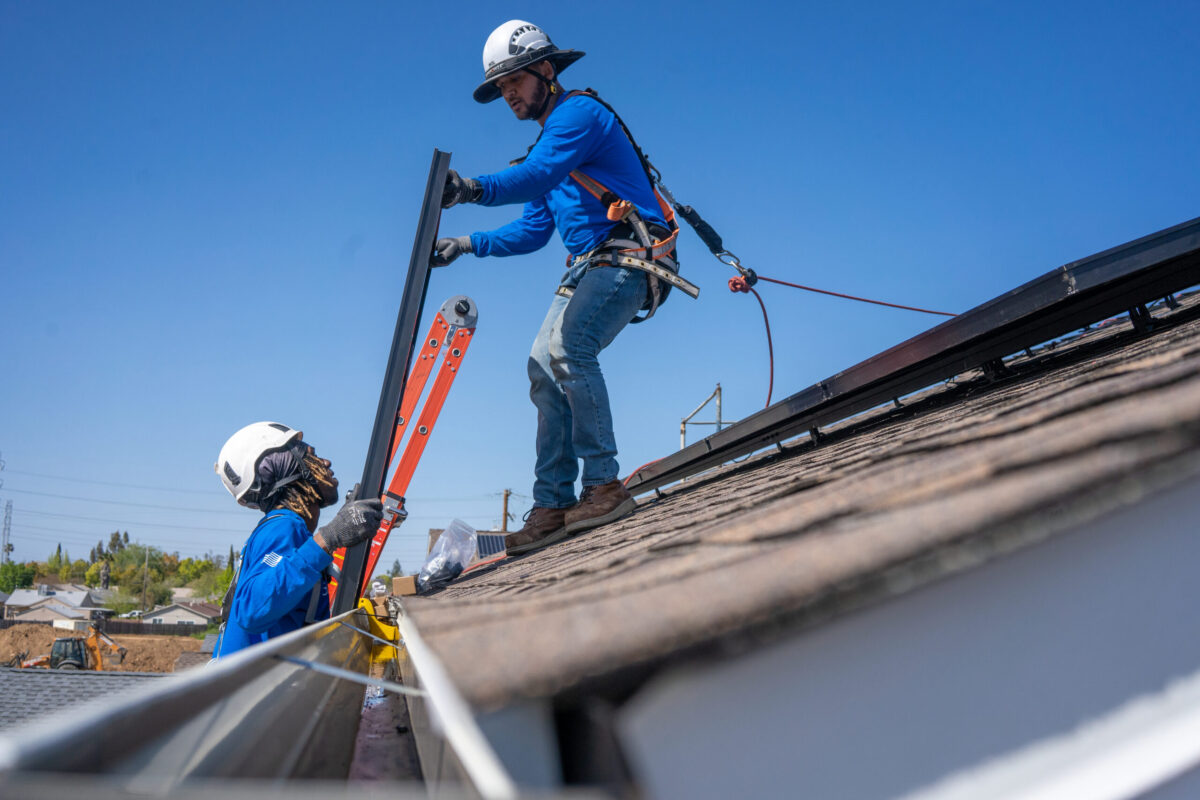



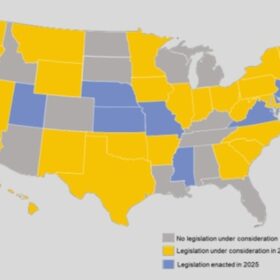

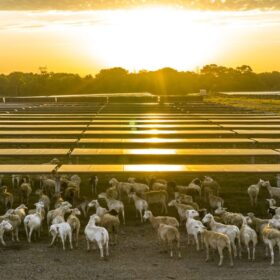
By submitting this form you agree to pv magazine using your data for the purposes of publishing your comment.
Your personal data will only be disclosed or otherwise transmitted to third parties for the purposes of spam filtering or if this is necessary for technical maintenance of the website. Any other transfer to third parties will not take place unless this is justified on the basis of applicable data protection regulations or if pv magazine is legally obliged to do so.
You may revoke this consent at any time with effect for the future, in which case your personal data will be deleted immediately. Otherwise, your data will be deleted if pv magazine has processed your request or the purpose of data storage is fulfilled.
Further information on data privacy can be found in our Data Protection Policy.